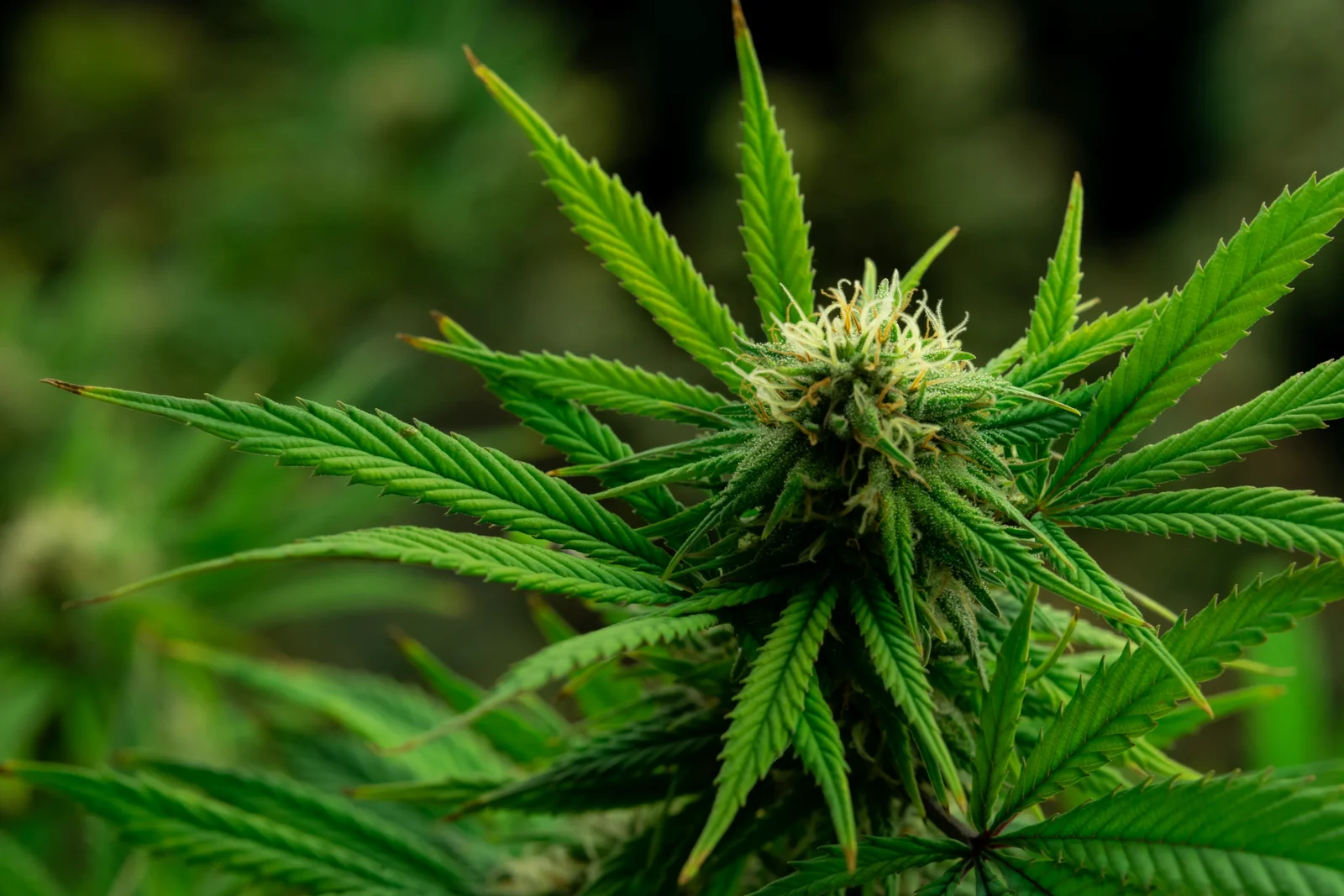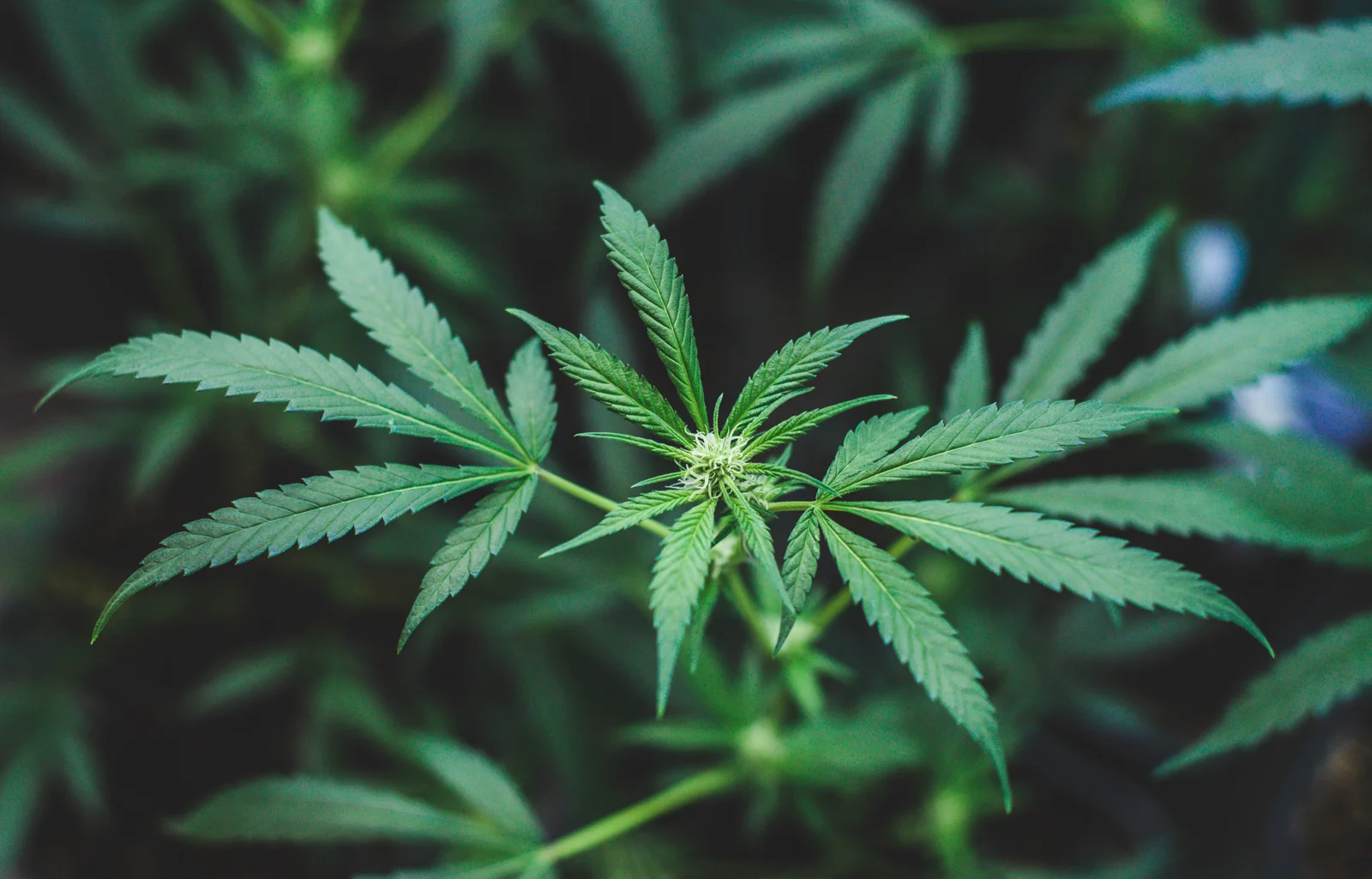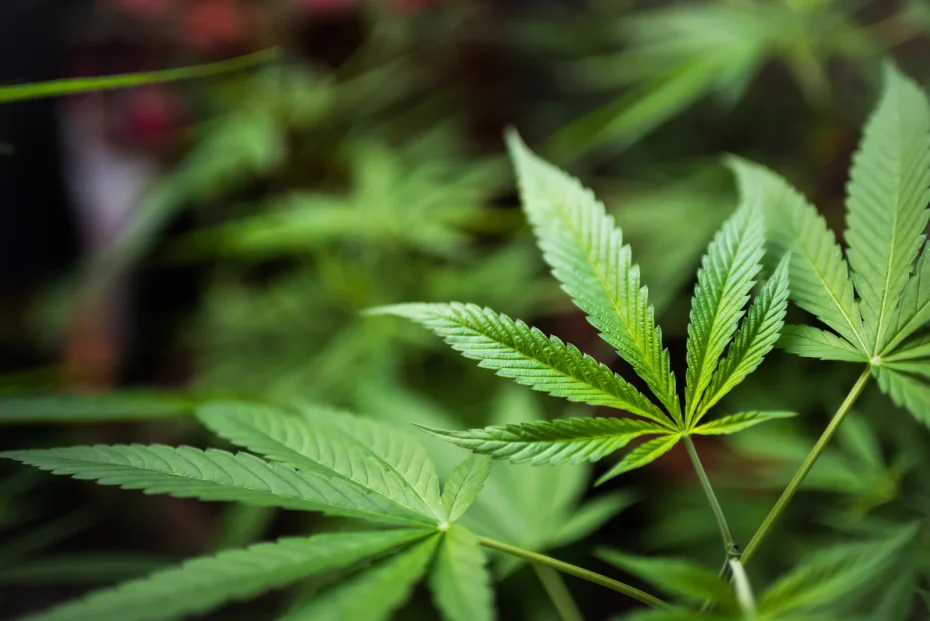In the ever-growing field of cannabis cultivation, achieving a bountiful harvest hinges on one critical element—utilizing the best nutrients for growing cannabis. Whether you’re a seasoned cultivator or a budding enthusiast, understanding the right nutrients for your plants can make all the difference. From the moment a seedling breaks soil until harvest, providing the appropriate nutrients ensures healthy growth, robust yields, and potent flavor. This guide delves into the best nutrients, exploring the specificity required at each stage of the plant’s lifecycle. If you’re wondering about the best soil for cannabis or the most effective fertilizer for marijuana, you’re in the right place.
Seedling Stage: Establishing Roots
The seedling stage is where cannabis plants first establish their roots and look to consume nutrients to fuel early growth.
At this stage, less is more; a mild nutrient mix is essential.
Providing too many nutrients could overwhelm these young plants, so aim for a diluted mix specifically formulated for seedlings. Look for a nutrient solution low in nitrogen but high in phosphates to support root development.

Vegetative Stage: Lush, Leafy Growth
As soon as the plants transition into the vegetative stage, their nutritional needs shift dramatically. Nitrogen becomes the leading nutrient, vital for leaf development and supporting rapid growth.
At this stage, the right balance of nutrients propels stem fortification and lush foliage, preparing plants for successful flowering. Employ a nutrient formula that emphasizes nitrogen, phosphorus, and potassium (N-P-K), the holy trinity known for powering verdant growth.
Transition to Flowering: Preparing for Bud Formation
As your plants transition to flowering, a slow decrease in nitrogen is required while phosphorus and potassium levels increase.
These shifts favor bud development over leaf growth. This phase is demanding, so ensure consistency in feeding to yield a bounty of flowers.
Selecting a cannabis-specific nutrient mix helps balance this nutrient swap seamlessly, fortifying plants during this pivotal phase.
Flowering Stage: Maximizing Bud Quality
The flowering stage demands high phosphorus and potassium levels to produce dense, high-quality buds.
Avoid excess nitrogen, as it can slow flower development.
The success of your growth largely hinges on the quality and density of the flowers produced during this period. Advanced nutrients blended specifically for cannabis flowering can optimize yields and potency, tackling common issues such as nutrient lockout or deficiency.
FAQs
What happens if I overfeed nutrients?
Overfeeding can cause nutrient burn, hampering growth and potentially damaging the plant.
Do I need special soil for seedlings?
Yes, using a light, well-draining weed soil with minimal nutrient content is advised.
What is the ideal N-P-K ratio for the vegetative stage?
A ratio of 3-1-2 is usually recommended.
Can I use regular garden soil?
While possible, the best soil for cannabis in this stage is often a soil mix rich in organic matter designed to enhance aeration and drainage.
What are the consequences of neglecting nutrient changes?
Failing to adjust nutrient levels might lead to weaker flowers and reduced yield.
How can I tell if my plants are ready for flowering nutrients?
Look for pre-flowers or the deeply lobed leaves as indicators.
What is the optimal N-P-K ratio for this stage?
A formula of 1-3-4 typically works well for most strains.
How often should I feed nutrients during flowering?
Monitor your plants closely, feeding them according to the specific strain’s needs, approximately once every 7-10 days.
FAQ: Best Nutrients for Growing Cannabis
Cannabis cultivation is a dynamic process that requires a keen understanding of plant nutrition. To optimize both growth and potency, it is essential to understand the specific nutrient needs at each stage of development. Below, we provide a comprehensive FAQ to guide you through this process.
What are the top nutrients required for growing cannabis?
Cannabis requires a range of macro and micronutrients to thrive, but there are some key players that are crucial for a successful grow:
1. Macronutrients:
- Nitrogen (N): Essential for vegetative growth; promotes healthy leaf and stem development.
- Phosphorus (P): Vital for flowering; it aids in energy transfer and the formation of DNA.
- Potassium (K): Important for overall plant health, helping with water uptake, photosynthesis, and disease resistance.
2. Secondary Nutrients:
- Calcium (Ca): Strengthens cell walls and aids in root development.
- Magnesium (Mg): Integral for photosynthesis as it’s a central component of chlorophyll.
- Sulfur (S): Helps in the synthesis of amino acids and enzymes.
3. Micronutrients:
Zinc (Zn), Iron (Fe), Manganese (Mn), Boron (B), Copper (Cu), and Molybdenum (Mo): Each plays a unique role in plant metabolism and development at a cellular level.
How do I determine the best nutrients for every stage of cannabis growth?
Cannabis plants have different nutrient requirements throughout their life cycle. Understanding this will help in selecting the appropriate fertilizers:
- Seedling Stage: This early stage requires minimal nutrients because the seed contains enough resources to support initial growth. If needed, use a mild nutrient solution with a balanced NPK ratio.
- Vegetative Stage: Increased Nitrogen (N) levels are essential to promote vigorous leaf and stem growth. A common ratio for this stage is around 3-1-2 (N-P-K).
- Flowering Stage: Reduce Nitrogen and increase Phosphorus and Potassium to support bud development. Typical ratios might be 1-3-2 or 1-4-5, depending on the specific strain and environmental conditions.
- Late Flowering: Focus on reducing nutrient levels as harvest approaches. This stage often involves “flushing” to clear out excess nutrients and improve the quality of the harvest.

Can you provide a complete guide on the best nutrients for growing cannabis?
Here’s a step-by-step guide to ensure that your cannabis plants receive optimal nutrition:
- Start with Quality Soil or Medium: Choose a good soil mix or hydroponic medium that has proven compatibility with cannabis.
- Invest in a Nutrient Kit: Consider a nutrient kit that provides guidelines for feeding schedules. Many reputable brands offer cannabis-specific nutrients along with feeding charts.
- Monitor pH Levels: Cannabis prefers slightly acidic conditions with a pH of 6.0-7.0 in soil and 5.5-6.5 in hydroponics. Improper pH can lock out nutrients, making them unavailable to plants.
- Adjust Nutrient Solution: Regularly check and modify the nutrient solution concentration based on plant response and growth stage. Follow the manufacturer’s instructions and adjust as necessary.
- Observe and Act: Pay attention to plant signs, such as yellowing leaves (nitrogen deficiency) or burnt tips (nutrient burn), and adjust nutrient levels accordingly.
What are some mistakes to avoid when providing nutrients to my cannabis plants?
To ensure good health and a bountiful harvest, avoid these common mistakes:
- Overfeeding: More nutrients do not mean better growth. Overfeeding can lead to nutrient burn and other growth issues. Always start with a lower concentration and increase gradually.
- Ignoring pH Levels: Not monitoring pH can lead to nutrient lockout, where plants are unable to absorb essential nutrients, causing deficiencies.
- Inconsistent Feeding Schedule: Stick to a consistent feeding schedule to avoid shock or nutrient imbalances. Cannabis thrives on routine.
- Neglecting the Flush: Not flushing your plants before harvest can leave excess nutrients in the plant tissues, affecting taste and quality.
- Using Poor-Quality Water: Use filtered or distilled water when possible to avoid unwanted minerals that can interfere with nutrient uptake.
By understanding and appropriately managing the nutrient requirements at each growth stage, you can optimize cannabis growth for a successful and potent harvest.
Conclusion
The best nutrients for growing cannabis vary distinctly throughout the plant’s lifecycle. From a conservative approach at the start, emphasizing low nitrogen for seedlings, to a nutrient-rich diet with high phosphorus and potassium in flowering, understanding these changes is crucial. Tailoring your nutrients to the plant’s needs ensures optimal growth and bountiful harvests, whether you’re using the best soil for cannabis or the most efficient fertilizer for marijuana. By applying careful observation and expertise, your endeavor in cannabis cultivation will surely yield rewarding results.
Streamline Cannabis CultivationAbout GrowerIQ
GrowerIQ is changing the way producers use software - transforming a regulatory requirement into a robust platform to learn, analyze, and improve performance.
To find out more about GrowerIQ and how we can help, fill out the form to the right, start a chat, or contact us.

